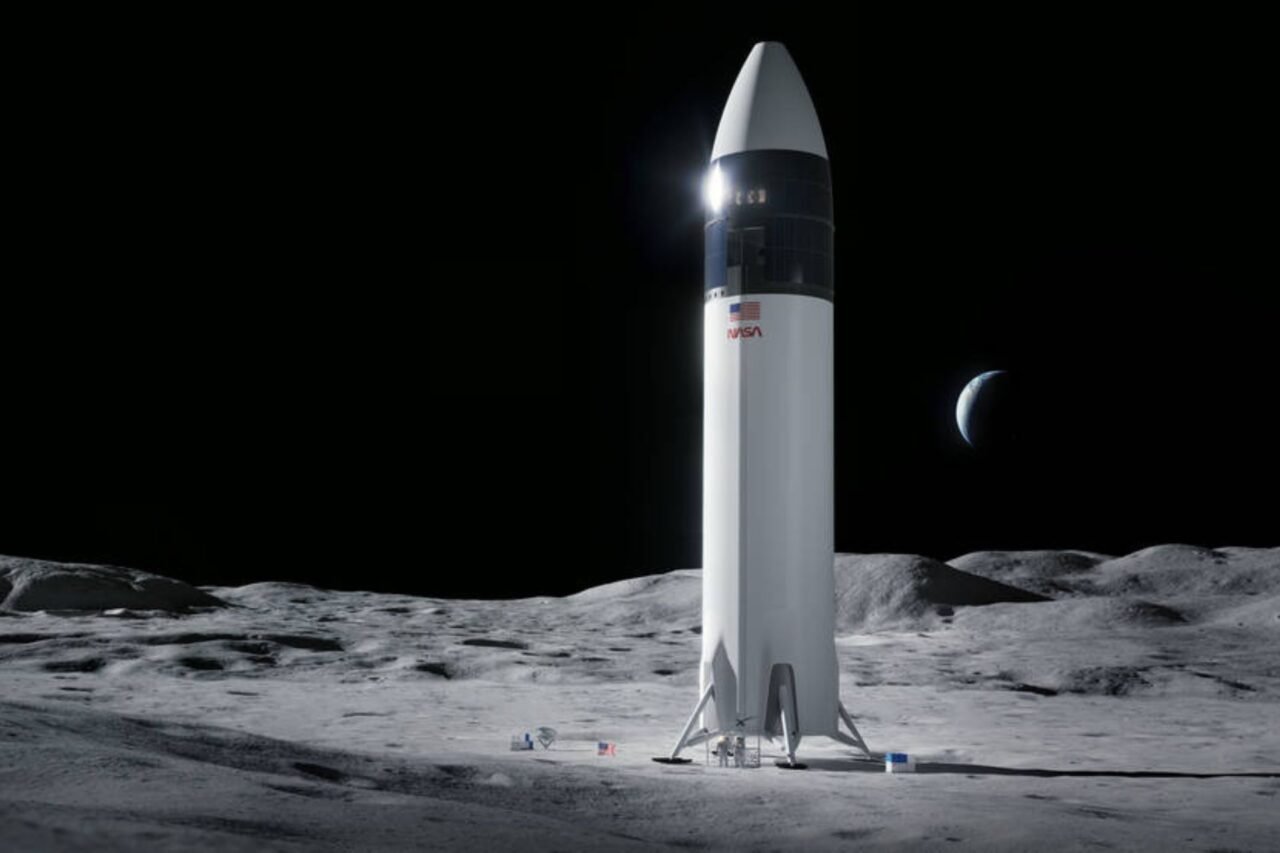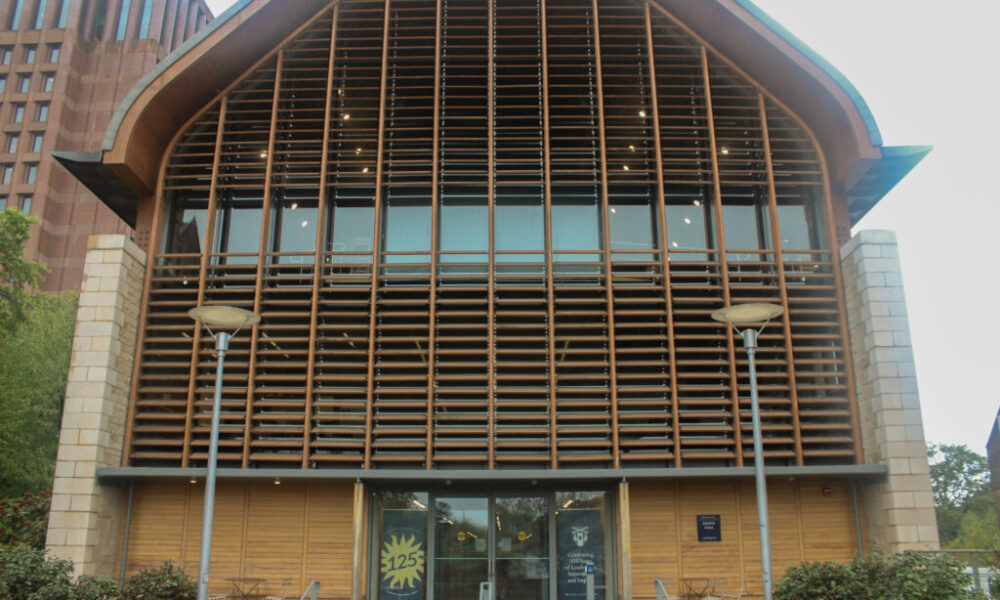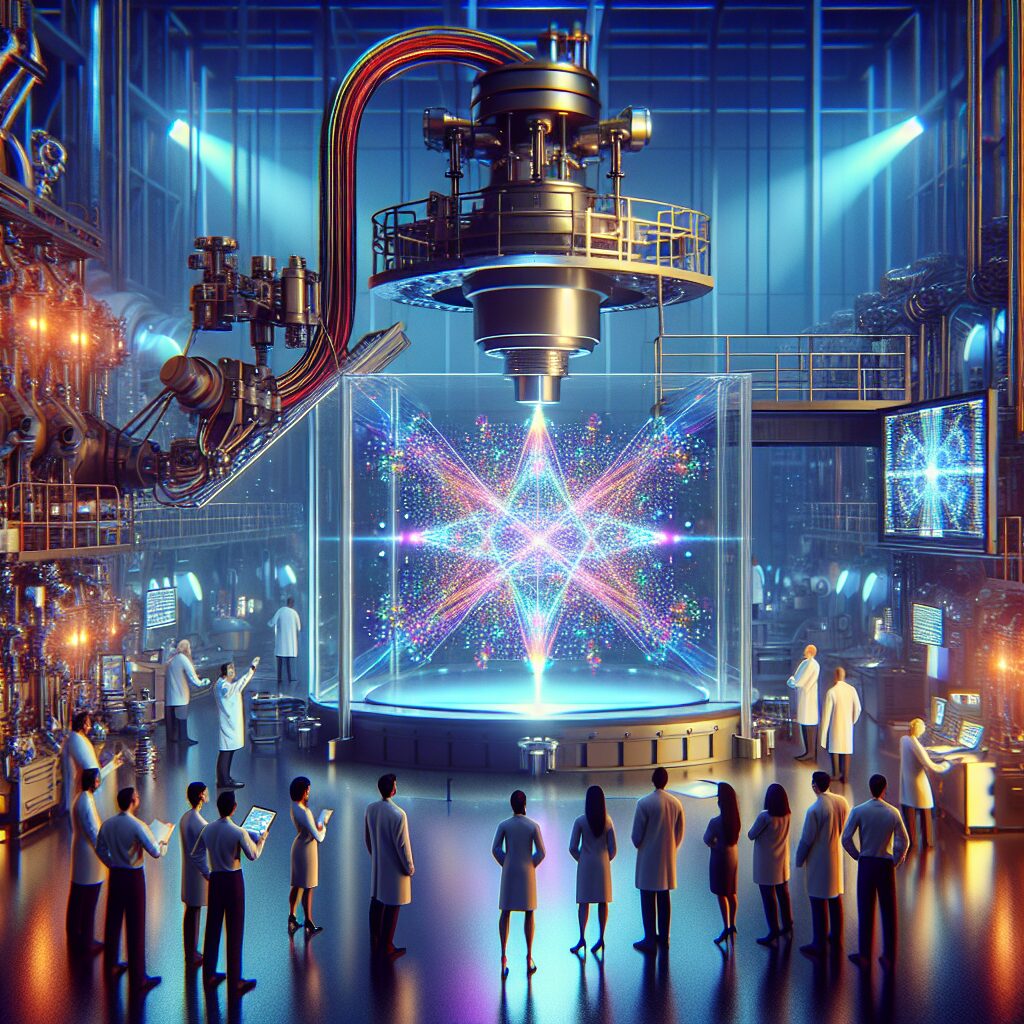SpaceX is under increasing scrutiny regarding its ability to deliver the Starship for NASA’s upcoming Artemis 3 mission, which aims to land astronauts on the Moon in mid-2027. Recent comments from acting NASA Administrator and U.S. Transportation Secretary Sean Duffy indicate that the agency may consider reopening the contract to other competitors, reflecting concerns over the delays in SpaceX’s Starship development.
During a recent symposium hosted by the American Astronautical Society, former NASA chief Jim Bridenstine voiced support for Duffy’s potential decision, stating, “Secretary Duffy, I think, is doing the absolute right thing,” according to SpaceNews. This has prompted a strong response from Elon Musk, CEO of SpaceX, who criticized Duffy’s assessment on social media platform X, asserting that Starship remains the only feasible option for the Artemis 3 mission.
Challenges in Development Timeline
NASA selected SpaceX to provide the first crewed lunar lander for the Artemis program in 2021. The company has been developing a variant of the Starship’s upper stage known as the Human Landing System (HLS), which is designed to transport astronauts to and from the lunar surface. However, the development has faced significant setbacks, primarily due to three consecutive failed test flights of the Starship.
According to SpaceX, the next iteration, Starship Version 3, is not expected to debut until 2026. This timeline leaves SpaceX with less than 18 months to refine both the rocket and the HLS in order to meet the Artemis 3 launch window.
In a statement released on Thursday, SpaceX highlighted its progress, noting that it has achieved 49 milestones related to the development of subsystems necessary for a successful lunar landing. These include advancements in landing legs, docking adapters, and Raptor engine tests. The company has also started constructing a flight-capable Starship HLS cabin, which will facilitate testing of the required hardware and systems for lunar operations.
Pressure to Meet Milestones
Despite these advancements, SpaceX is behind NASA’s original schedule. In July, Lori Glaze, NASA’s acting associate administrator for exploration systems development, indicated that the agency had anticipated a demonstration of in-orbit propellant transfer by the end of this year. This milestone is critical, as Artemis 3 cannot proceed until it is accomplished.
In light of the increasing pressure from NASA, SpaceX has begun to reassess its approach. The company announced that it is exploring a “simplified” mission architecture, which it believes will facilitate a quicker return to the Moon while enhancing crew safety. Specific details about this new approach have not yet been disclosed, and its effectiveness in restoring NASA’s confidence remains uncertain.
Should NASA decide to reopen the contract, competitors such as Blue Origin, founded by Jeff Bezos, could potentially step in. However, as of now, NASA has not made any official plans to select an alternative launch provider.
SpaceX remains committed to the Artemis program. In their statement, the company expressed a shared goal of returning to the Moon as swiftly as possible, asserting that it approaches the mission with the same enthusiasm that revitalized American human spaceflight capabilities under NASA’s Commercial Crew program.
The coming months will be crucial for SpaceX as it navigates these challenges and seeks to reaffirm its position as a key partner in NASA’s lunar exploration ambitions.







